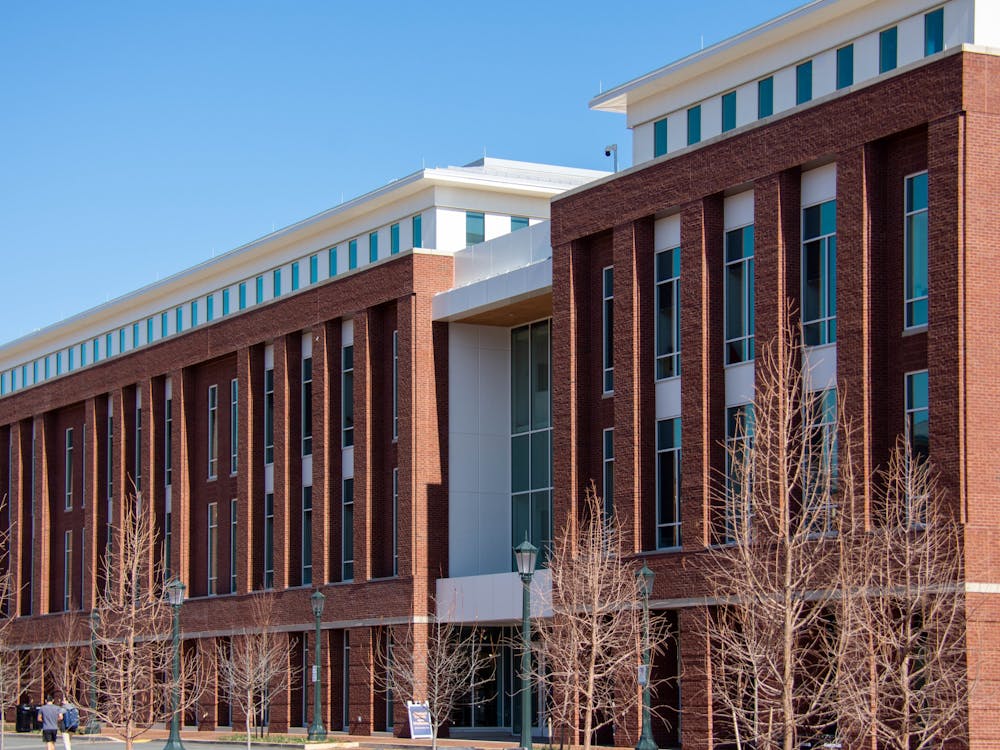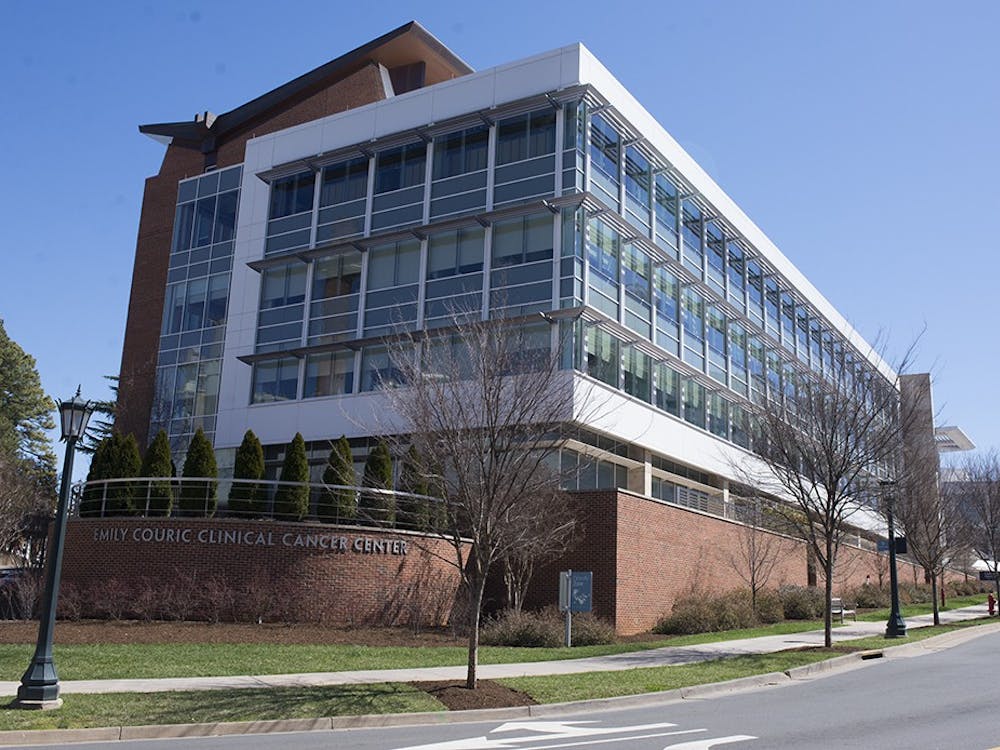Breakthrough stem cell research at Scripps Research Institute in La Jolla, Calif. has the potential to revive endangered species. Researchers at the Center for Regenerative Medicine are aiming to turn stem cells into gametes. Once new eggs and sperm are created, "test tube babies" can be born, possibly preserving a species.
In 1972, researchers preserved skin cells of certain endangered species at the Frozen Zoo, hoping that future technology would help to revive populations, and today Scripps researchers are combining the frozen skin cells with human stem cells to generate stem cells specific to the animal. Stem cells are turned into gametes through re-programming, a process in which retroviruses are used to bring the cells back to earlier stages of development. Last month, scientists created mouse sperm cells through this process.
Scientists view this method of species preservation as a last resort when cheaper, simpler means have failed. For instance, the white rhino, whose population is numbered at seven in the world, would benefit immensely since other methods of trying to save the species have failed. Scientists also hope to help the drill, a West African primate threatened by hunting and habitat degradation.
-compiled by Michelle Lim






